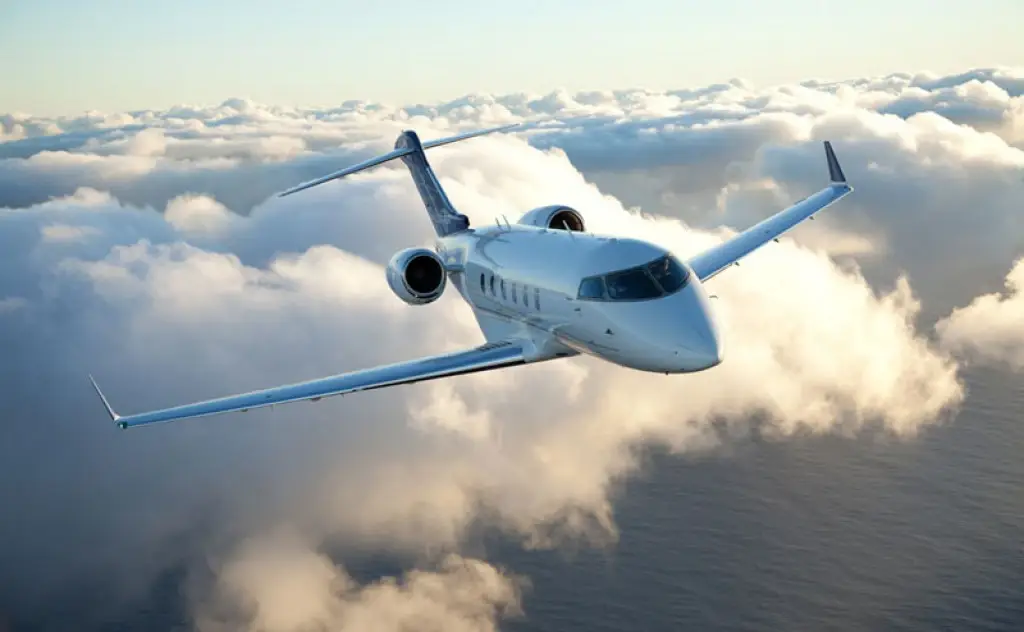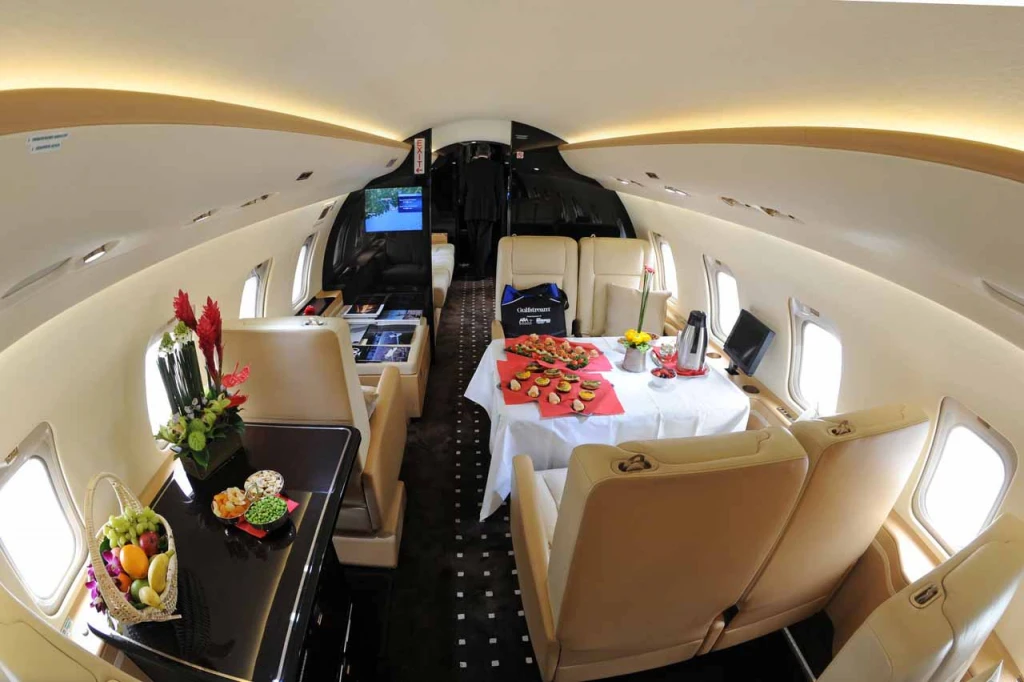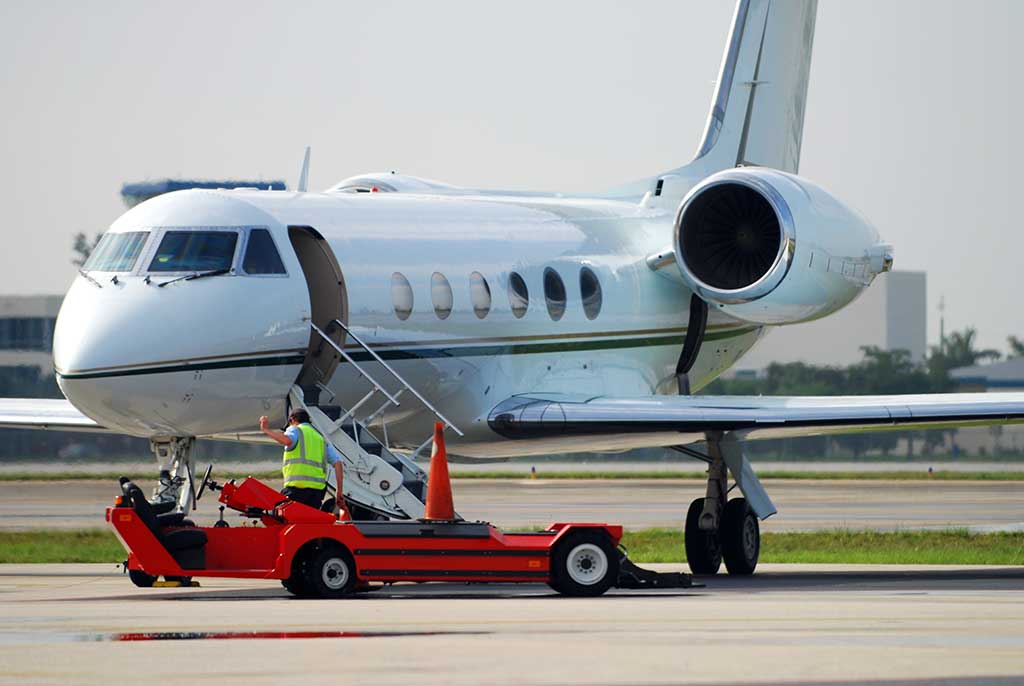With 5G making its appearance all over the world, questions rise about the safety of 5G and flying. Read our article and get an in depth view on the matter.
Operators launched the first 5G networks in early 2019. Despite the pandemic, rollout and adoption of 5G is occurring much more quickly than that of 4G. This means 5G in the US and other industrialized countries will soon become the standard.
So, what exactly is 5G? What’s behind the news story about 5G interference with aircraft, and can you use 5G on a plane?
What is 5G Technology?
5G is a successor to the 1G, 2G, 3G and 4G networks, but 5G technology offers a significant leap in cellular network capabilities and applications. The 5G network is designed to be a unified and more capable platform than 4G, using a wider spectrum.
The benefits of 5G technology
According to Qualcomm, the company behind some of 5G’s foundational technologies, the benefits offered by 5G are:
-
Better mobile broadband, improving the performance of not just smartphones but technologies like VR and AR
-
New connectivity methods (such as device-to-device and multi-hop mesh)
-
Support for new services and all spectrum types, meaning new deployment possibilities: supporting IoT, mission-critical communications and many other services
-
Significantly faster data rates, delivering up to 20 Gigabits-per-second (Gbps) at peak rate and 100+ Megabits-per-second (Mbps) on average
-
Much higher capacity; 5G is designed to support a 100x increase in traffic capacity and network efficiency
-
Significantly lower latency (delay in device response time) than 4G
5G and Airlines

With the 5G network offering so many advantages, you may already have been persuaded to buy a 5G Smartphone. But the ‘5G and planes’ crisis in January may have made you wonder if you’d done the right thing. Don’t panic. Your 5G phone isn’t going to bring planes falling out of the sky.
5G plane interference
It’s always been known that 5g technology could potentially cause problems for aviation. That’s because 5G can use frequencies in the C-band radio spectrum, near to those used by radio altimeters.
Aircraft altimeters help pilots gauge their altitude above the terrain. This is particularly important for plane pilots landing in poor weather or helicopter pilots flying at low altitudes. Their data is also used by other plane technologies, including navigation instruments, terrain awareness, and collision-avoidance systems.
However, the 5G interference problem wasn’t properly examined or resolved in the US—until Verizon and AT&T announced they would be rolling out their 5G wireless services in mid-January this year.
5G and Airlines: the US
The US Federal Aviation Administration (FAA) was concerned that 5G cellular towers and antennas near airports could interfere with radio altimeters, presenting a significant safety issue. Airlines stated they would have to ground some flights indefinitely until they could be sure there was no risk.
The good thing about this ‘crisis’ was that it got everyone around the table to work on a solution. Verizon and AT&T agreed to temporarily limit their C-band 5G service around some airports and create buffer zones around others. The FAA has now been able to approve 20 altimeters that allow around 90 percent of the U.S. commercial fleet to perform low-visibility landings at most airports in the 5G deployment area. Discussions to ensure the continuing safe co-existence of 5G and aviation are ongoing.
5G and Airlines: How Other Countries are Coping
Verizon and AT&T initially protested that 5G had been deployed in many other countries without causing problems to aviation.
However, the FAA has pointed out that these deployments have launched under different conditions, including:
-
Lower power levels
-
Antennas adjusted to reduce potential interference
-
Different placement of antennas relative to airfields
-
Frequencies with a different proximity to aviation equipment frequencies
For instance, in France, regulators limited the power of 5G antennas and their height near airports. Canada has exclusion zones with restricted 5G service around airports, and nearby antennas are tilted down and away from flight paths.
Can you use 5G on a plane?

Alt text: a plane flying over a city with windmills that is held on a tablet
5G phones may be the New Big Thing, but unfortunately, when you’re in the air, the 5G network won’t be available — just like the 4G network. This is because cell phone antennas are designed to direct signals towards the ground. Even when you’re flying low, the speed of the plane means you are unlikely to get a stable connection — and your cell phone should be in flight mode anyway, which turns off your data.
But that doesn’t mean you can’t access the internet on planes.
Can I use internet on a plane?
These days, many private jets offer Wi-Fi. Sometimes it’s part of the package, and free Wi-Fi is common on domestic US flights. However, on international flights there may be charges. Always check with your aviation advisor what Wi-Fi service, if any, is available before you organize your charter flight.
You can check out our Private Jets and Aircraft for Charter Flights page or contact our team on +1-877-727-2538 ext. 1., or at charter@paramountbusinessjets.com. They can advise you on the best aircraft to suit your internet needs.








